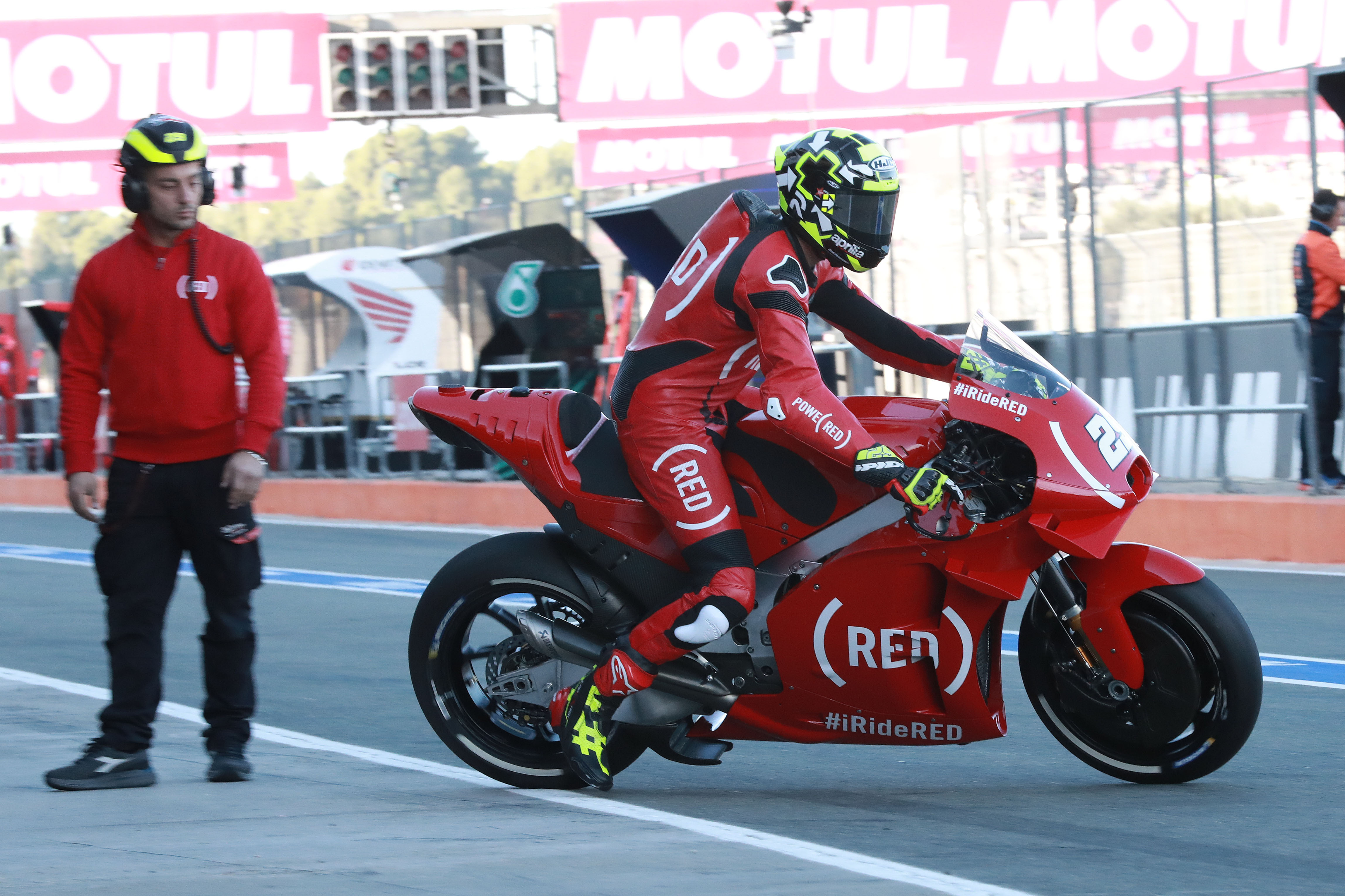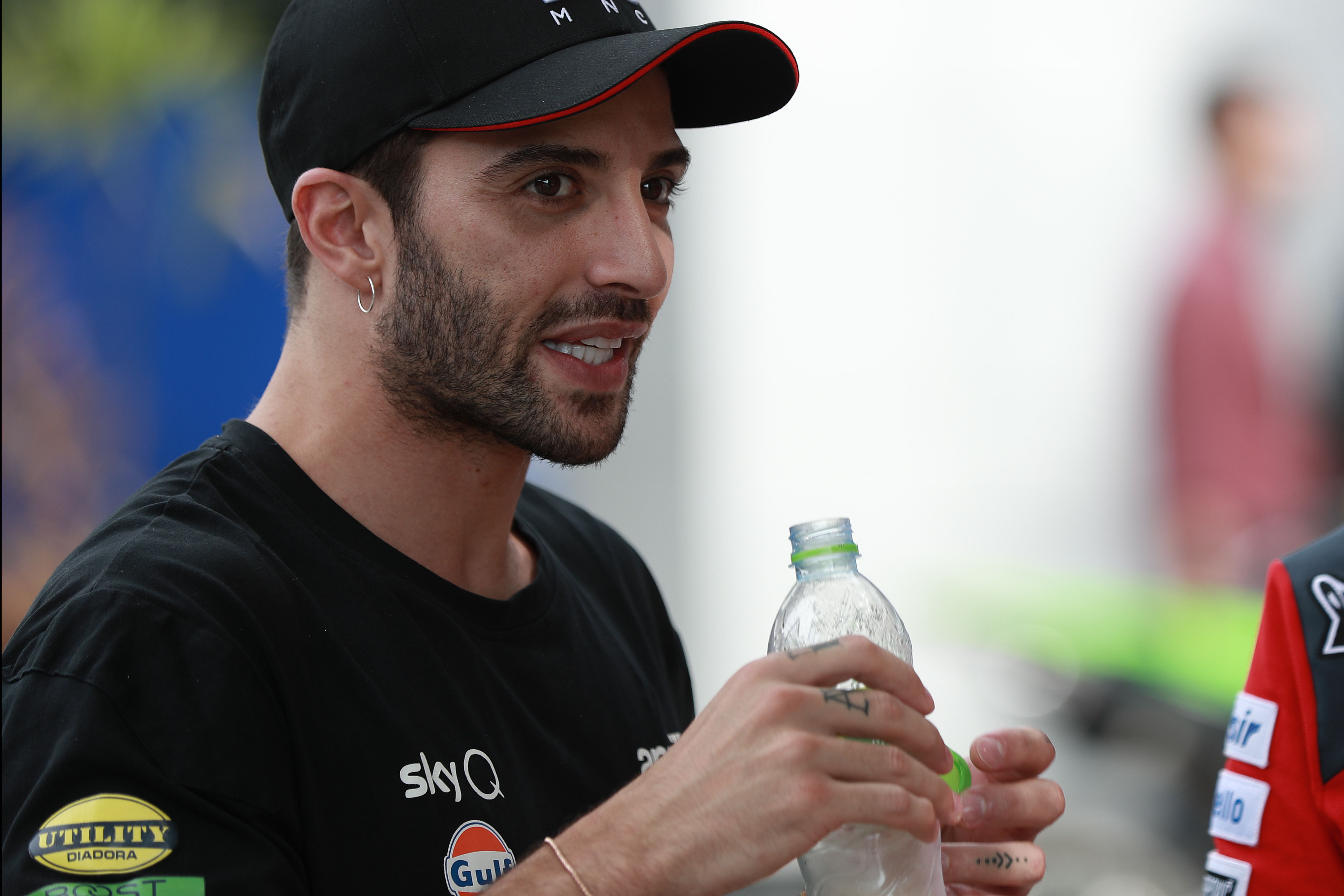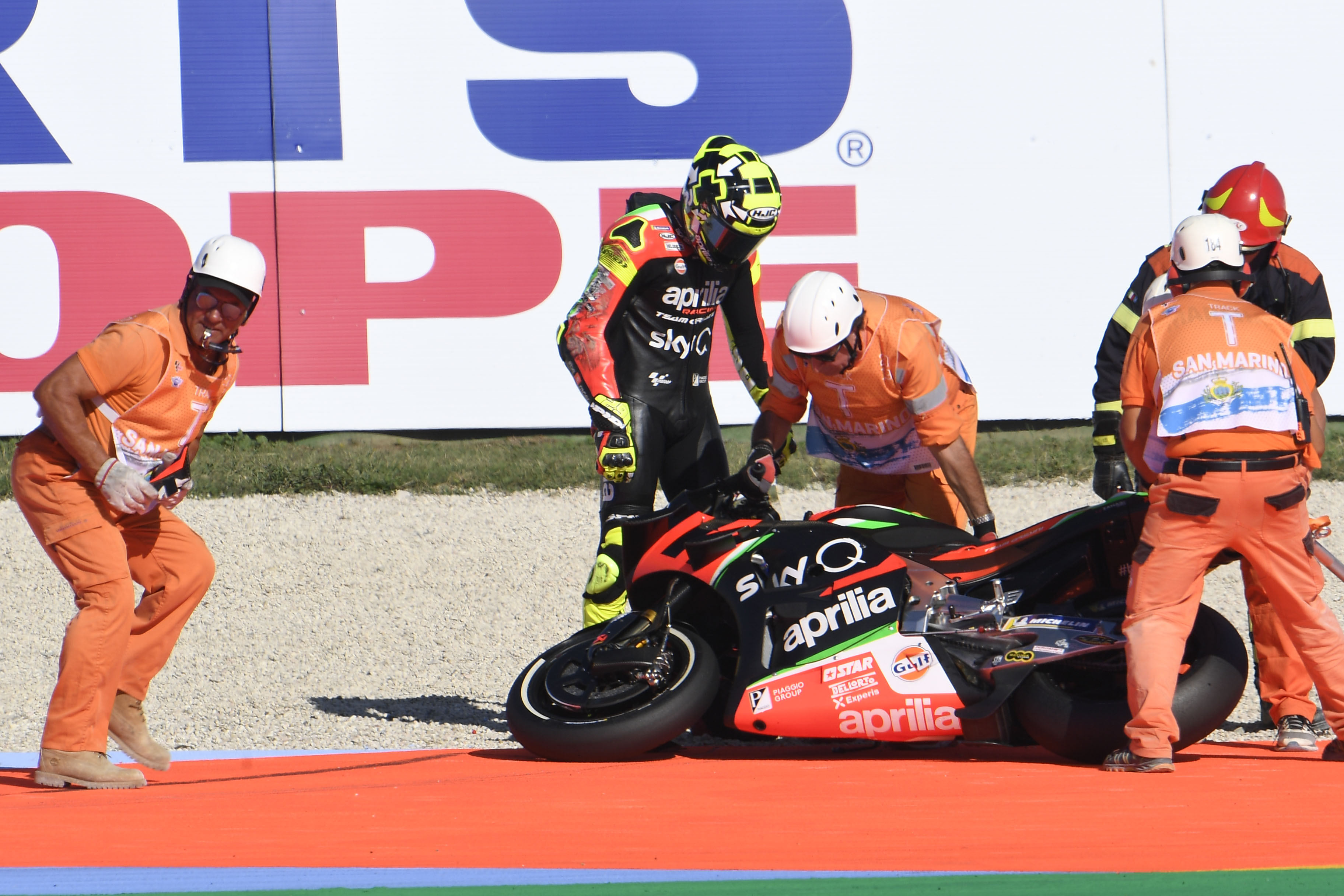MotoGP’s 2020 gave The Race plenty to get stuck into in our first year, and it was surprising how many of our biggest motorcycle section stories came back to two topics from opposite ends of the grid.
Marc Marquez’s injury and Andrea Iannone’s doping case.
The first judgement in the Iannone saga came out in our earliest days. Little did we suspect that it would roll on all year – or that with 2021 looming, we still wouldn’t know who’d actually be racing Iannone’s vacant Aprilia next season.
Our MotoGP writer Simon Patterson’s ‘Fall of the Maniac’ exploration of the collapse of Iannone’s career made multiple reappearances on our homepage as the case took new twists during 2020, and it appeared on many of our team’s list of highlights of our first year.
But Simon himself chose another episode of the Iannone tale among his personal favourites from our 2020 output – this in-depth dissection of the damning Court of Arbitration for Sport judgement on Iannone’s appeal, first published on the morning after the verdict was released in mid-November.
The Court of Arbitration for Sport has released its full report into former MotoGP rider Andrea Iannone’s doping case, laying out in detail why the Aprilia man received a four-year ban in a scathing dismissal of his defence.
The Italian tested positive for the bodybuilding steroid drostanolone at last year’s Malaysian Grand Prix, and had claimed in his defence that he had consumed meat tainted with the drug.
That defence was accepted by the Federation Internationale de Motocyclisme’s internal court as mitigating circumstances, and led to Iannone’s initial suspension being set at 18 months.
However, upon appeal by the World Anti Doping Association to the CAS, weaknesses in his case were highlighted and the ban upped to the automatic sanction of four years.
The CAS’s highly-detailed 33-page report lays out in detail just how sparse Iannone’s defence was, as well as an apparent lack of seriousness in how he approached a case with the potential to end his career – which the four-year ban essentially has.
Citing previous cases where athletes had tested positive for drugs after eating steaks injected with them but subsequently won on appeal by showing where their meat had come from, Iannone wasn’t able to even prove to the court which restaurants he had eaten at let alone whether their food was contaminated.
Part of the court’s damning criticism of him centres around this.
“The panel cannot comprehend why an athlete such as Mr Iannone, assisted by a team of professionals and knowing that his professional career was at stake, did not at least try to secure a duplicate of potential evidence” :: CAS report
Iannone claimed to have eaten at Marini’s on 57, an upmarket rooftop bar and restaurant in Kuala Lumpur. He was joined by Pramac Ducati team boss Paolo Campinoti for dinner but was subsequently unable to provide any evidence beyond a bank statement showing a transaction there.
“When the panel inquired at the hearing about why he did not provide a restaurant receipt, he asserted that the receipt must have been misplaced by members of his entourage who paid the bill with his credit card,” said the CAS report.
“But Mr Iannone could offer no persuasive explanation when asked why no duplicate was at least requested, when the issue was material to his case.

“The panel cannot comprehend why an athlete such as Mr Iannone, assisted by a team composed of technical, legal and sport professionals, claiming that that his adverse test resulted from consumption of red meat and knowing that his professional career was at stake, did not engage in efforts to, at least try, secure a duplicate of potential evidence in support of his case.”
Iannone also claimed to have eaten at the Sama Sama hotel, a favourite haunt of the MotoGP grid near the Sepang circuit.
The court also noted that Iannone had not contacted the hotel to enquire about its food supplies until July 27 this year, over three months after he had originally been sentenced by the FIM’s court.
“The panel is not satisfied by this improvised speculation, particularly as it is based on adverse cliches and/or gratuitous suggestions of incompetence” :: CAS report
He was unable to provide detailed receipts showing what dishes he had ordered from the hotel either but chalked that down to the hotel staff.
The report said:
“When questioned by the panel as to what precise red meat he consumed during his stay at Sama Sama Hotel, Mr Iannone replied that he ate ‘meat’ and more particularly ‘beef’ but yet again without any particulars as to the exact dish.”
The court also took umbrage with what it called the “adverse cliches” Iannone used in his defence.
“He first suggested that the hotel must have made a mistake when making the receipt entries,” the court reported.
“The panel is not satisfied by this improvised speculation, particularly as it is based (as it transpired from his testimony) on adverse cliches and/or gratuitous suggestions of incompetence directed at the hospitality industry in the region of the said hotel in Malaysia.”
The real damage done to Iannone’s case was centred around two claims: that drostanolone is used in meat production to bulk up cattle and that the negative hair test he presented shows a lack of long-term usage of the drug.

The court deemed that while drostanolone could be used for agricultural purposes, its prohibitive cost versus other cheaper but as effective substances means that the chances of that happening were “vanishingly thin, if not to say zero,” according to one expert hired by WADA.
Submitting voluntarily to a hair test in early January, Iannone’s legal team claimed that the negative results from it prove that that since drostanolone is only effective if taken as part of a weeks-long cycle, the hair test result demonstrated that the positive result from his urine analysis at Sepang could not be intentional.
That too was rejected by WADA, which pointed out that hair analysis did not rule out Iannone consuming a single dose of drostanolone.
The court even suggested why the 31-year-old could have done so.
“Although it is not for WADA to put forward an alternative scenario,” it explained in its evidence, “the presence of drostanolone, which can be used for muscle recovery purposes, could be linked to an injury suffered by Mr Iannone in September 2019 during the San Marino Grand Prix.
“WADA contended that the injury caused Mr Iannone to be withdrawn from the San Marino Grand Prix and referred to a statement of Mr Iannone as to the need to recover from this injury as quickly as possible.”

Iannone suffered multiple crashes on Friday and Saturday of the race at Misano last September, aggravating an old injury to his left shoulder and withdrawing from the race ahead of qualifying.
He then raced at the Aragon Grand Prix only five days later, coming home 11th – one of his best results of the year up to that point.
The entire 33-page document presents a damning critique of Iannone’s defence, and shows that given the case presented there was little realistic chance of having his ban overturned, let alone completely thrown out as he had initially hoped.







